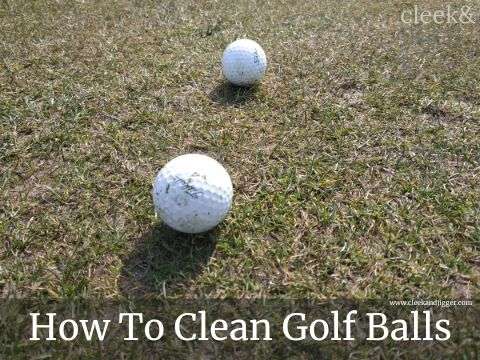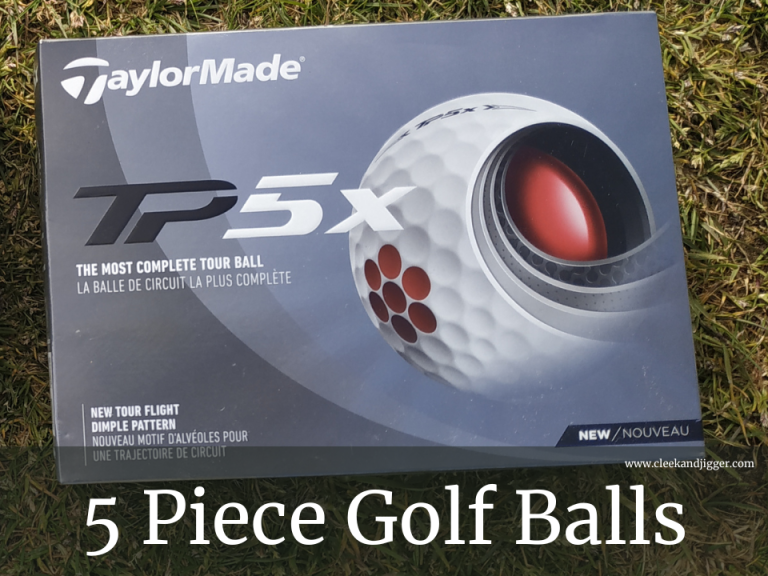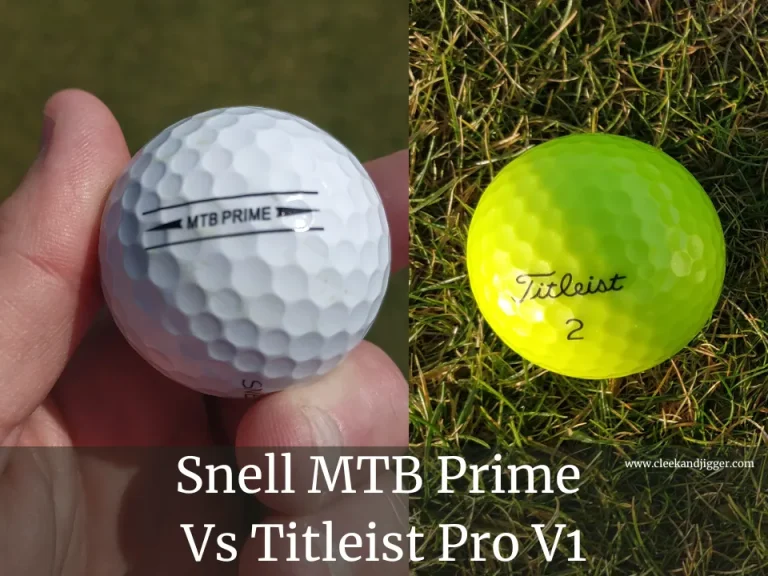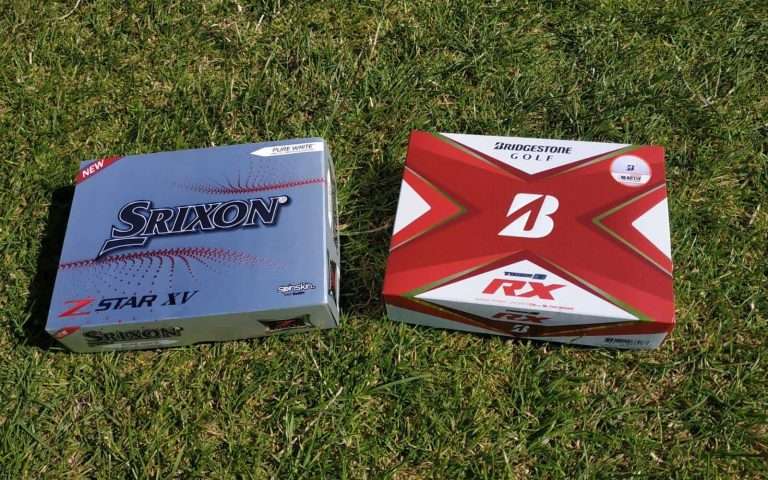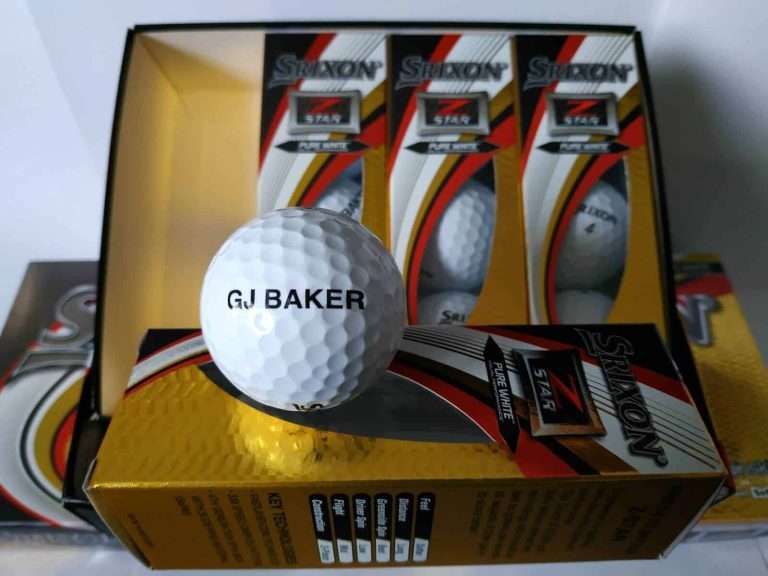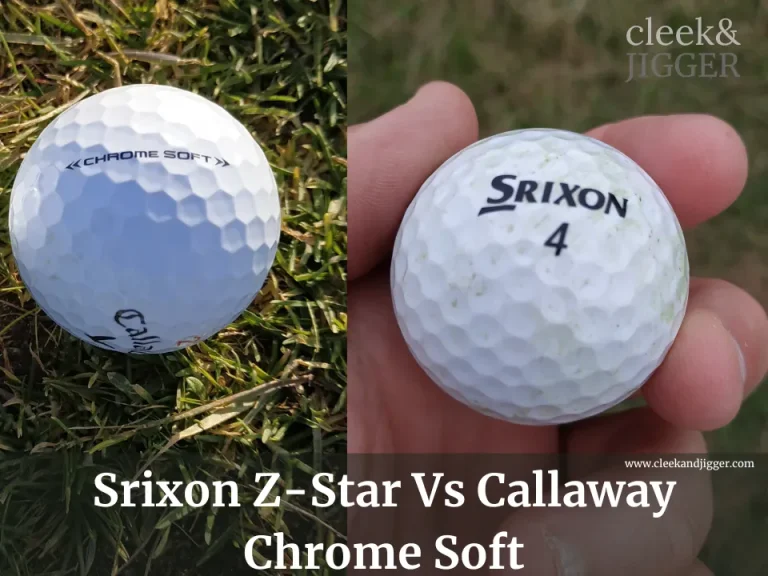Snell MTB Prime X Vs Titleist Pro V1x
Are you looking for the perfect golf ball to take your game to the next level? If so, then you’ve come to the right place!
Snell Golf led the charge for the direct-to-consumer golf ball business model but has had lots of trouble with production woes caused by the pandemic.
They have recently relaunched with two new premium urethane-covered balls and an overhaul of their branding.
If you currently play the Pro V1x should you give the Snell MTB Prime X a try?
Let’s compare these two top-of-the-line golf balls side by side and find out!
We’ll dive into their features, benefits and cost to help you make an informed decision about which one is better suited for your needs.
So grab your clubs and let’s get started on this journey towards finding the perfect golf ball!
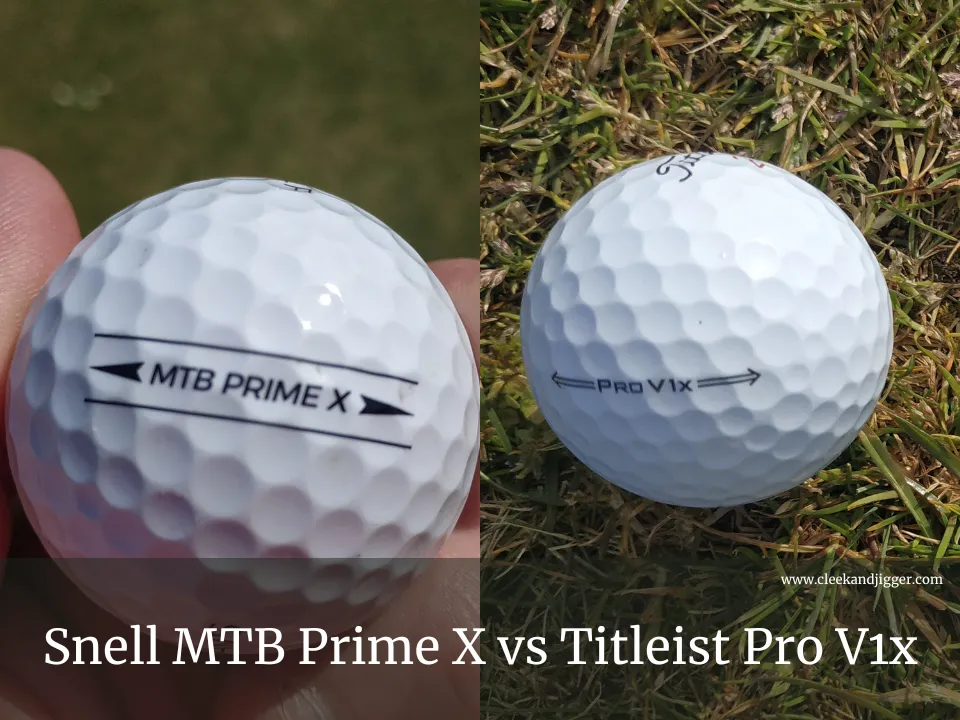
Key Takeaways
- Snell Golf balls are around 40% cheaper than a Pro V1/Pro V1x
- MTB Prime and Prime X can be even cheaper if you buy in bulk (up to 5 dozen)
- Prime X feels firmer than MTB Black
- ProV1 trusted by professionals and elite amateurs
Snell MTB Prime X Overview
The Snell MTB Prime X features a 3-piece construction with an 85-90 compression range, low long game spin, high trajectory, and controlled iron spin. It’s perfect for golfers who crave premium short-game control and a firmer feel.
This ball is the latest iteration of urethane balls from Snell Golf. The founder, Dean Snell, was involved in the design of the original Pro V1 when he was working for Titleist.
Titleist subtly altered the relationship between the Pro V1 and Pro V1x a few years ago with the x becoming the higher spinning ball while still retaining the firmer feel.
While most of their competitors had followed the naming convention with an x ball they haven’t all changed the spin relationship between the balls.
If you are looking at spin numbers then the Prime model might be a closer fit to the current version of the Pro V1x but from a feel perspective, the Snell ball with the firmer feel would be the Prime X.
You can pick the balls up for as little as $29.99 on the Snell website. If you aren’t sure which is the right one for you then you can get a test pack with 6 of each new ball.
I’m a fan of the new logo and packaging for the new products but time will tell if their hiatus has done too much damage to the Snell brand.
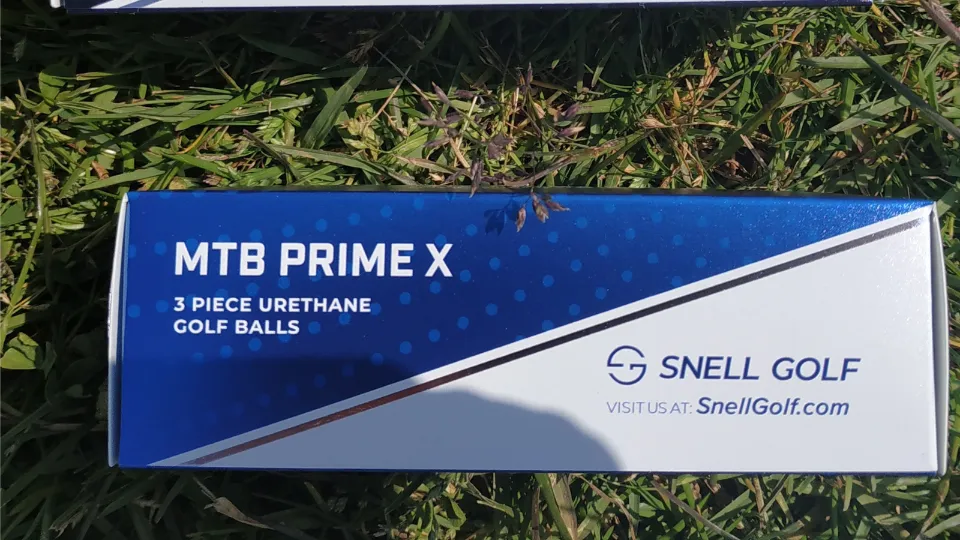
Titleist Pro V1x Overview
One of the most popular balls among tour pros the Pro V1x needs little introduction. It is the firmer sister ball to the Pro V1 although you now get a little more spin and height than used to be the case.
Comparison of Pro V1x and Prime X
I have always found the Titleist to be a little too firm for my liking down the years (and also too expensive).
Dean Snell has had to compromise somewhat with the casing design opting for TPU injection rather than casting since there weren’t any ball manufacturers with spare capacity that use the casting technology. To avoid future issues with his production line he had to go with the method that gave him the greatest choice of production facilities.
| Feature | Snell MTB Prime X | Titleist Pro V1x |
|---|---|---|
| Core | 3-piece | 3-piece |
| Compression | 85-90 | ~95 |
| Long Game Spin | Low long game | Maximum short game |
| Iron Spin | Controlled | Higher |
| Trajectory | High | High |
| Feel | Firmer | Firmer |
| Casing | TPU injected urethane | Cast urethane |
Comparing the two golf balls, the firmer Prime X has a three-piece construction and offers high trajectory with low long-game spin while the Pro V1x features a dual-core for maximum short-game spin and high-flex casing.
The MTB Prime X is perfect for those who want greater control. It comes with a urethane cover that adds to short game control, feel, and durability. It also has a larger core which gives it faster speeds and lower spin on drivers and fairway woods.
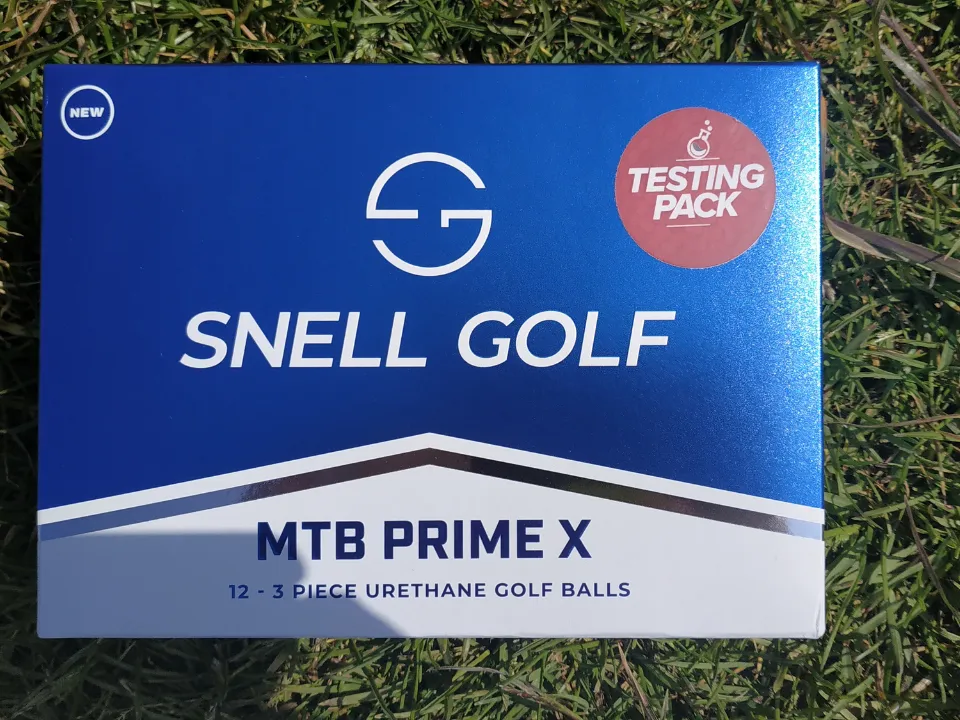
Feel
I have personally never been a fan of the feel of the Pro V1x, it has always felt a little too clicky for my liking. The MTB-X also has a similar problem for me and I would definitely prefer the Prime or Pro V1.
Durability
While I personally haven’t experienced too many issues with the durability of the Snell ball some golfers have posted that the cover does mark up rather quickly. Many seemed to have new wedges which might have been the ultimate cause. My wedges are pretty old and probably should be replaced but unfortunately, I don’t have the budget!
It also comes down to your level. If you are off 28 then the odd mark is less likely to be the problem than your swing. If you are off single figures then you probably take much more notice of your equipment and are more likely to put a new ball in play more often.
The Titleist ball only seems to get any significant cover damage when you are playing from bunkers so if you can avoid the sand you will probably be able to get a fair bit of play from it.
Spin
The Pro V1x is a great ball if you are looking for a higher flight or more spin. In terms of the Snell the X has a controlled iron spin (lower than the Prime).
The dimple pattern on the Snell is described as spin-matched to give a higher flight than with the Prime.
If you need a low-spin ball then check out my low-compression ball comparison.
Distance
Allowing for my usual inconsistent swing I found the balls performed more or less the same off the tee
Some test results with my Mevo+:
| Pro V1x | MTB Prime X | |
| Driver Ball Speed | 134.8 | 135.1 |
| Driver Spin | 3500 | 3600 |
| Carry Distance | 201 | 200 |
The Snell offers a larger core and flexible mantle to generate faster speeds and low spin on drives and fairway woods. I have a tendency to generate too much spin and that shows in the numbers above. If I could get those spin numbers lower then I might add 15-20 yards!
Pricing
Snell doesn’t have massive endorsement contracts to pay and doesn’t distribute through retailers so those savings are passed on to you the consumer. You can pick them up for $30-$35 per dozen depending on the quantity you want to buy.
The Titleist’s on the other hand will set you back around $50-55 depending where you buy them. I personally don’t think there is too much to choose in the performance stakes between the balls so to a large extent it comes down to whether you want to pay an $1 per ball. If you don’t play often or lose many balls then you can go for the Titleist’s. If you do tend to lose a fair few balls then you might want to plump for the Snell’s.
Alternatives to the Pro V1x and MTB Prime X Golf Balls
If you’re looking for an alternative to the Pro V1x and MTB-X, then you can find great options from both big and small manufacturers depending on your budget.
Premium ball models from all the manufacturers will offer similar levels of performance so it really comes down to how you strike the ball and what sort of feel you prefer.
If you want a soft-feeling ball then the Chrome Soft from Callaway would be a great choice while the TP5/TP5x from TaylorMade is being used by an increasing number of tour professionals.
You might even want to consider the Titleist Pro V1 if you need to lower your flight and spin a little.
I still prefer the Srixon Z-Star and I can usually pick those up for around £30 per dozen in the UK by opting for prior-generation models.
Who Should Play The Pro V1x and MTB Prime X?
Players looking for a firmer-feeling ball will probably be happy with either ball. Depending on your impact conditions you may suit the Prime X (slightly lower iron spin) or the Pro V1x. Both balls should suit players looking for a higher flight.
Snell MTB Prime X vs Titleist Pro V1x: Conclusion
The Prime X is much more cost-effective for those on a budget.
You might be perfectly happy with the Pro V1x but the MTB from Snell is probably worth a look.
If you’re looking for quality without breaking the bank, then Snell’s MTB Prime X should be on your shortlist.
Bear in mind that ball manufacturers don’t have that much room to work with due to the rules governing golf ball performance. Unless you are playing a ball that is really unsuitable for your swing you probably won’t notice massive differences between models in the same market segment.
Check out my comparison of the Pro V1 and MTB Prime.

